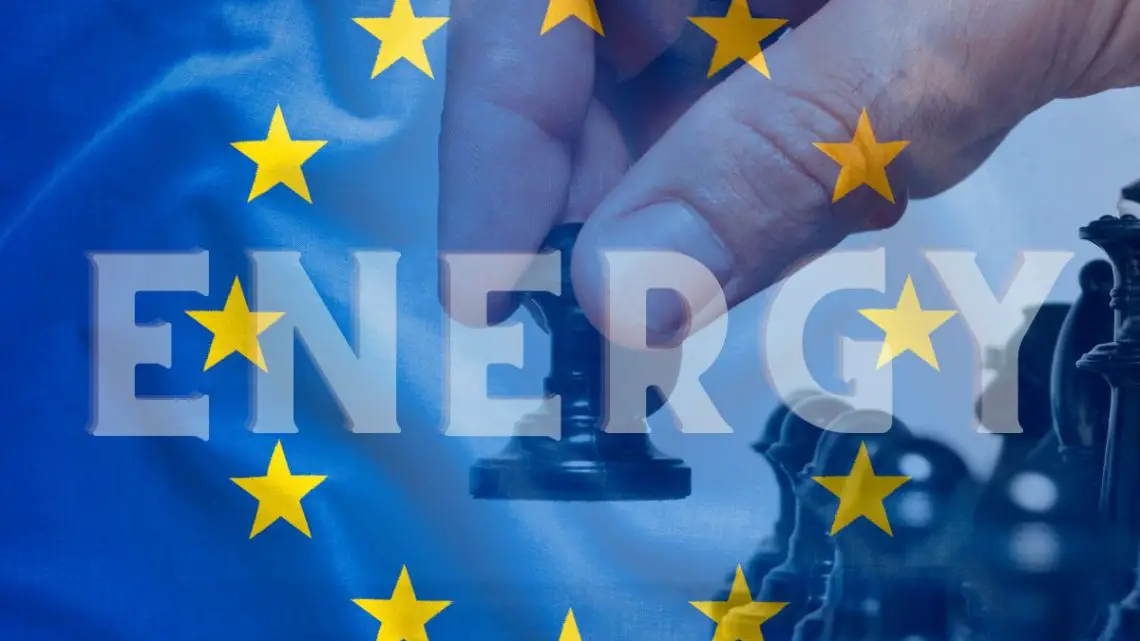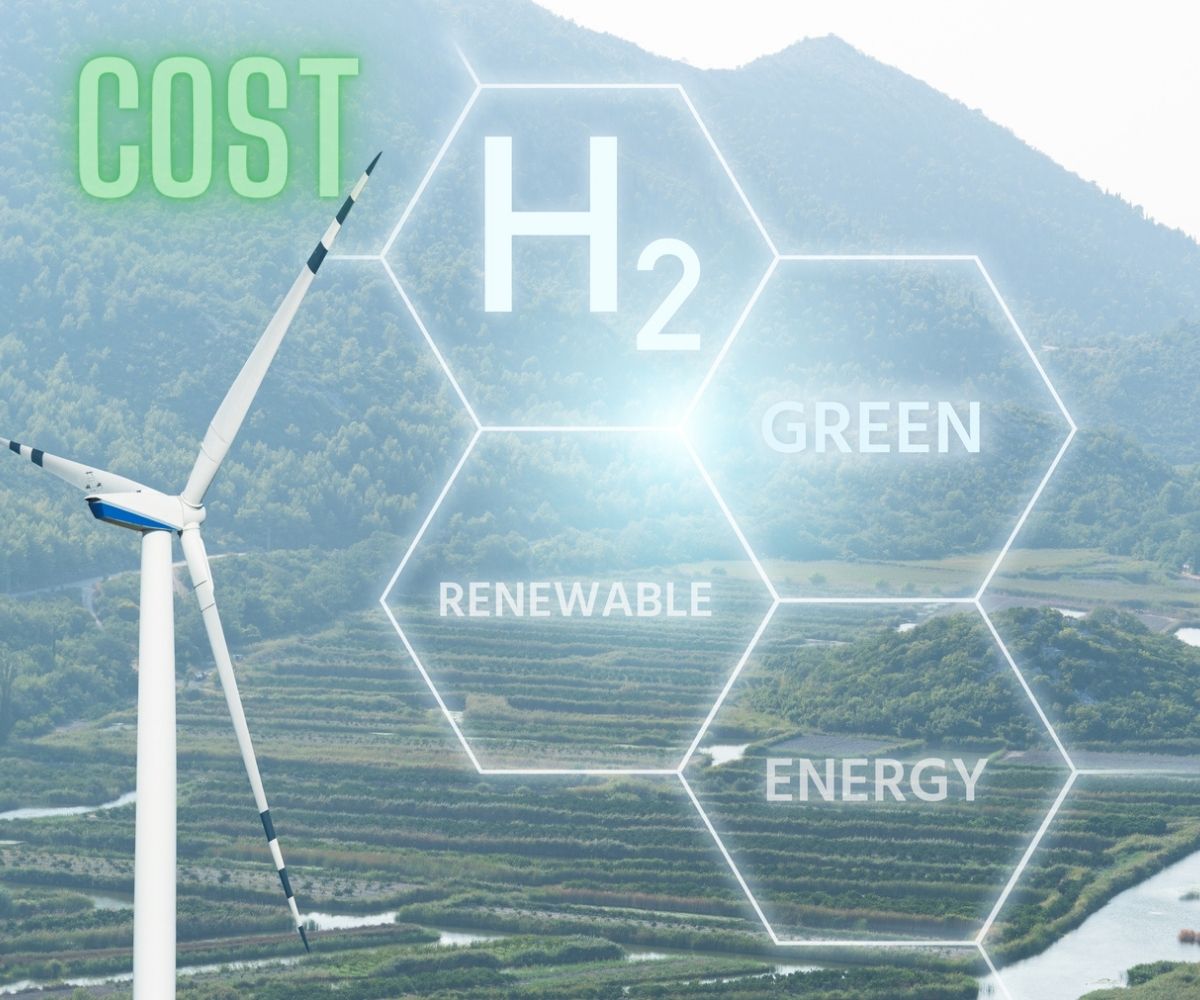
CBAM Ignites New Era of Equitable Contest in Europe
October 9, 2023As of October 1, 2023, the EU’s CBAM has entered into its transitional phase
The Carbon Border Adjustment Mechanism (CBAM) is a groundbreaking strategy devised by the European Union (EU). It’s designed to equalize the price of carbon between domestic products and imports, thereby ensuring fair competition in terms of carbon costs. This mechanism serves as a protective shield for the EU’s climate policies, preventing them from being undermined by production relocation to countries with less stringent environmental standards or by the substitution of EU products with more carbon-intensive imports.
CBAM is a World Trade Organization (WTO) compatible measure that incentivizes global industries to adopt greener and more sustainable technologies. By imposing an equivalent carbon price on both domestic production and imports, it ensures that all firms, domestic and foreign, face similar production costs. This not only discourages domestic firms from relocating but also suppresses the effects of carbon border taxes by effectively equalizing carbon prices for both domestic and foreign producers in the home market.
In essence, this transitional phase is crucial as it sets the tone for the full implementation of the CBAM. From this point onward, both domestic production and imports will be subject to an equivalent carbon price, encouraging industries worldwide to adopt greener technologies.
For H2 production companies, the introduction of the EU’s Carbon Border Adjustment Mechanism (CBAM) could bring several potential benefits and opportunities.
- Incentivizing Green Hydrogen: The CBAM could incentivize the production of green hydrogen, which is produced using renewable energy sources and emits no carbon dioxide. If the cost of carbon is factored into the price of hydrogen, green hydrogen could become more competitive compared to blue or grey hydrogen, which are produced using fossil fuels.
- Leveling the Playing Field: The CBAM will level the playing field between domestic and foreign producers. It ensures that all hydrogen producers, regardless of their location, face similar production costs in terms of carbon pricing. This could benefit hydrogen production companies that have already invested in sustainable technologies and practices, as they will no longer be at a competitive disadvantage compared to firms in countries with less stringent environmental standards.
- Driving Innovation: The CBAM could drive innovation in the hydrogen industry. As the cost of carbon becomes a key factor in production costs, companies may be pushed to explore and invest in new technologies and processes that can reduce their carbon footprint. This could lead to breakthroughs in areas such as electrolysis efficiency, carbon capture, and storage, or the use of alternative energy sources for hydrogen production.
- Market Expansion: With the CBAM in place, there may be an increased demand for green hydrogen in Europe. Companies that can produce hydrogen in a sustainable way may find new market opportunities in European countries that are looking to reduce their carbon emissions.
Transitional Phase of CBAM
In its transitional phase, the Carbon Border Adjustment Mechanism (CBAM) will only apply to imports of cement, iron and steel, aluminum, fertilizers, electricity and hydrogen. Importers of these goods from the European Union will be required to report the volume of their imports and the greenhouse gas (GHG) emissions generated during their production. However, there won’t be any financial adjustment to pay at this stage.
For the fourth quarter of 2023, importers are tasked with data collection, but their first report isn’t due until 31 January 2024. The CBAM’s structure incorporates a number of flexibilities for its first year of application, such as using default values for reporting embedded emissions and the option to use the monitoring, reporting, and verification rules of the production country.
Learning Period and Refining Methodology
The transitional phase will serve as a learning period for all stakeholders – importers, producers, and authorities. It will enable the European Commission to collect valuable information on embedded emissions to refine the methodology for the definitive period, set to commence in 2026. From this date, importers will have to purchase and surrender the number of “CBAM certificates” equivalent to the GHGs embedded in imported CBAM goods.
Support for Implementation of New Rules
To aid EU importers and non-EU installations in the practical implementation of the new rules, a new CBAM transitional registry has become available on October 1st. This registry aims to assist importers in performing and reporting these calculations. The Commission is gradually providing detailed written guidance, online training materials and webinars, sector-specific fact sheets and a step-by-step checklist to support businesses as the transitional mechanism starts.
Reviews and Future Scope of CBAM
Reviews of the CBAM’s functioning and product scope during its transitional phase will be concluded before the start of the definitive period. Additionally, the feasibility of expanding the scope of CBAM to other goods manufactured in ETS sectors will be evaluated.
Also Carbon Credit Price’s are Seeing Historic Highs This Year
In an unprecedented event, the price of permits on the European Union’s carbon market did reach 100 euros ($106.57) per tonne for the first time on February 21st. This significant milestone reflects the escalating costs that factories, power plants and other polluting entities have been seeing due to their emissions. This is just another reason that more industries are looking towards hydrogen energy.
Hydrogen Energy as a Solution
The role of Hydrogen fuel in Europe’s heavy industries and residential and commercial electricity is crucial. The EU has identified hydrogen as a key priority to achieve the European Green Deal and Europe’s clean energy transition. Hydrogen can power sectors that are not suitable for electrification and provide storage to balance variable renewable energy flows, making it a promising solution for integrating the energy system.
Hydrogen energy represents a clean, flexible energy carrier that can be used across different sectors. It’s produced from various domestic resources such as natural gas, nuclear power, biomass, and renewable power like solar and wind. These qualities make it a promising option for both transportation and stationary power.
By transitioning to hydrogen energy, companies can significantly reduce their carbon emissions, thereby lessening their carbon tax burden. Moreover, the shift towards hydrogen energy could stimulate innovation and job growth, promoting economic benefits while reducing environmental impact.
In conclusion, The EU’s Carbon Border Adjustment Mechanism (CBAM) aims to balance carbon costs between domestic and imported goods, encouraging global industries to adopt greener technologies. The transitional phase of CBAM, starting from October 1, 2023, could particularly benefit hydrogen production companies by promoting the production of green hydrogen and creating new market opportunities in Europe. The recent rise in carbon credit prices and the EU’s carbon tax further push companies towards sustainable practices. Hence, CBAM represents a significant step towards a more eco-friendly global economy with potential growth for green companies, especially those in the hydrogen energy sector.



 HFN News is your leading source for fresh hydrogen and renewable energy updates. Amid the fast-paced growth of hydrogen companies, we provide top-notch news and insights about this exciting sector. Our coverage spans from hydrogen cars to global sustainable initiatives, and we highlight the latest in green jobs and developing hydrogen hubs. We invite you to share your local hydrogen news and explore today’s renewable energy job listings on our site. Thanks for choosing HFN News as your trusted guide to the hydrogen and renewable energy world!
HFN News is your leading source for fresh hydrogen and renewable energy updates. Amid the fast-paced growth of hydrogen companies, we provide top-notch news and insights about this exciting sector. Our coverage spans from hydrogen cars to global sustainable initiatives, and we highlight the latest in green jobs and developing hydrogen hubs. We invite you to share your local hydrogen news and explore today’s renewable energy job listings on our site. Thanks for choosing HFN News as your trusted guide to the hydrogen and renewable energy world!